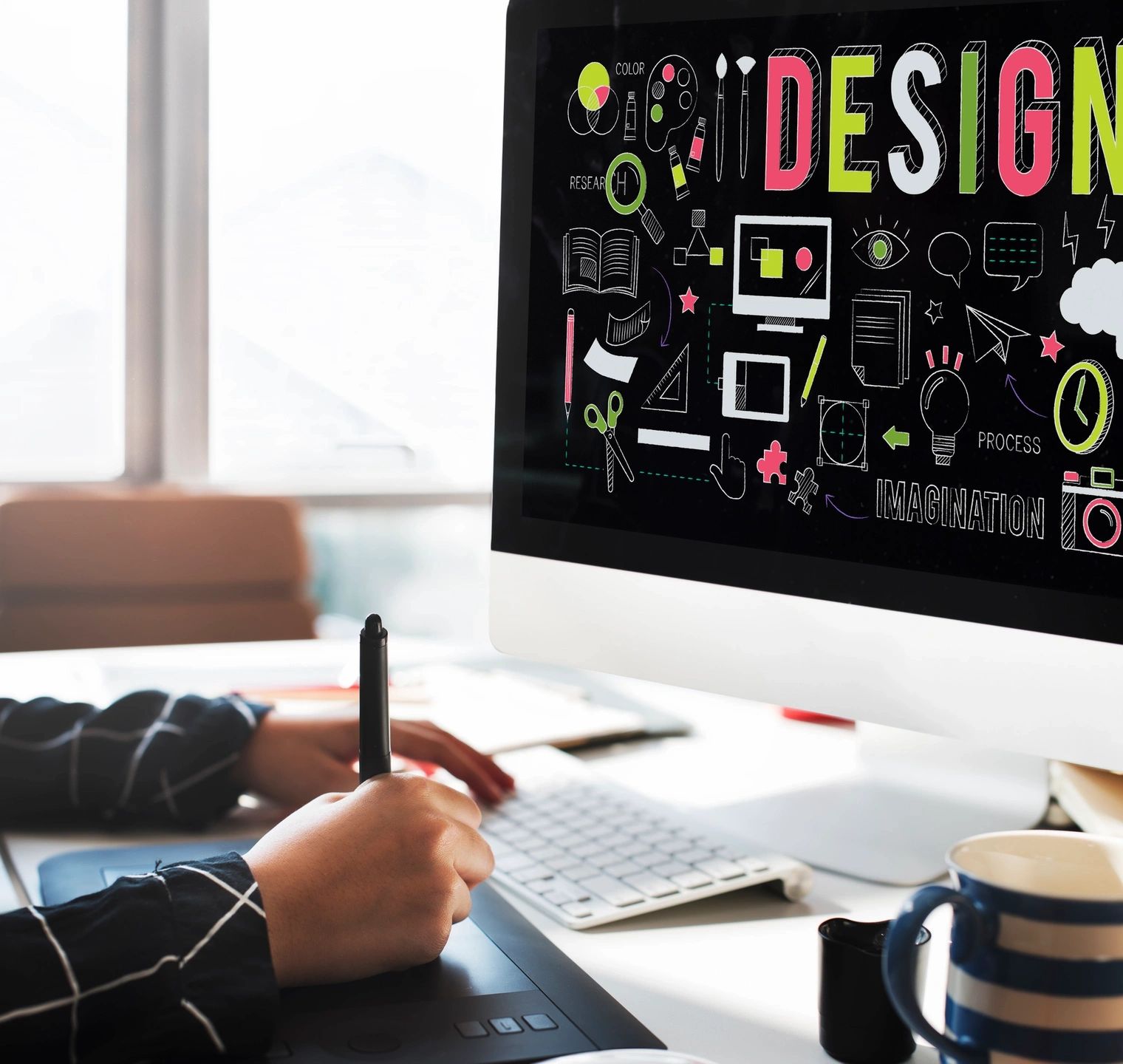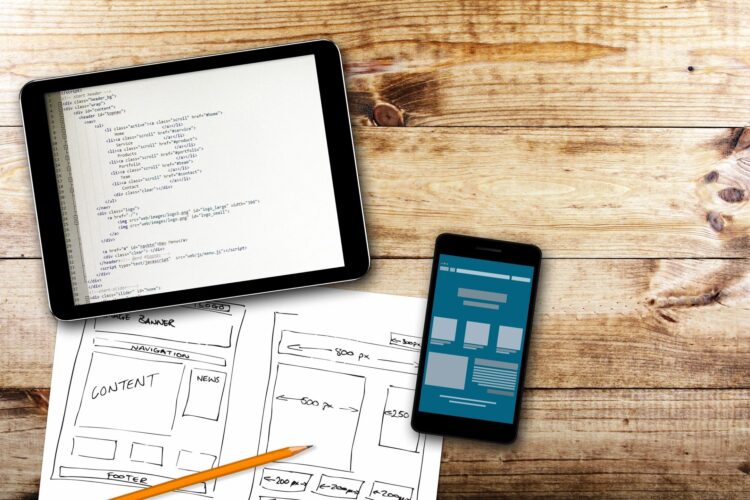
In the ever-evolving realm of web design and marketing, success hinges on more than just aesthetics or the latest trends. It’s about understanding your audience, anticipating their needs, and crafting a digital experience that resonates with them. User-centric design goes beyond visual appeal—it prioritizes the end-user, ensuring that every aspect of a website or marketing campaign is tailored to enhance their experience. In this article, we explore the principles and benefits of user-centric design, emphasizing why putting your audience first is crucial for the success of a web design and marketing agency.
- Understanding Your Audience: The foundation of user-centric design lies in a deep understanding of your target audience. Conduct thorough research to identify their preferences, behaviors, and pain points. By gaining insights into your audience’s demographics and psychographics, you can create a design that speaks directly to their needs and aspirations.
- Intuitive Navigation: A user-friendly website is one that users can navigate effortlessly. Implementing intuitive navigation is key to ensuring visitors can quickly find the information they seek. User-centric design involves organizing content logically, using clear and concise menu structures, and providing easily accessible calls-to-action, contributing to a seamless user experience.
- Responsive Design: With the multitude of devices users use to access the internet, a responsive design is imperative. User-centric design ensures that websites are not only visually appealing but also functional across various screen sizes. This adaptability is crucial for retaining audience engagement and delivering a consistent experience across desktops, laptops, tablets, and smartphones.
- Personalized Content: Tailoring content to individual user preferences can significantly enhance engagement. User-centric design involves implementing personalized recommendations, dynamic content, and user-specific experiences. This not only keeps users engaged but also fosters a sense of connection between the audience and the brand.
- Feedback Integration: User feedback is a valuable resource in the iterative process of design improvement. Implement feedback mechanisms such as surveys, polls, and contact forms to gather insights directly from your audience. By actively listening to your users, you can refine your design and marketing strategies to better meet their expectations.
- Accessibility Considerations: User-centric design extends its reach to users with diverse abilities. Ensure that your designs follow accessibility standards, making your website and marketing materials inclusive and usable by all. This commitment to accessibility not only enhances the user experience but also reflects positively on the values of your agency.
- Conversion-Centric Approach: Ultimately, a web design and marketing agency should prioritize conversions. User-centric design involves strategically placing calls-to-action, optimizing landing pages, and refining the user journey to guide visitors toward desired outcomes. By aligning design elements with conversion goals, your agency can maximize the impact of marketing efforts.
User-centric design is not a one-size-fits-all approach but a philosophy that places your audience at the heart of every decision. For a web design and marketing agency, this approach is not just about creating visually appealing interfaces but about crafting experiences that resonate with and cater to the unique needs of your target audience. By prioritizing user-centric design principles, your agency can build meaningful connections, foster brand loyalty, and ultimately achieve success in a competitive digital landscape.




